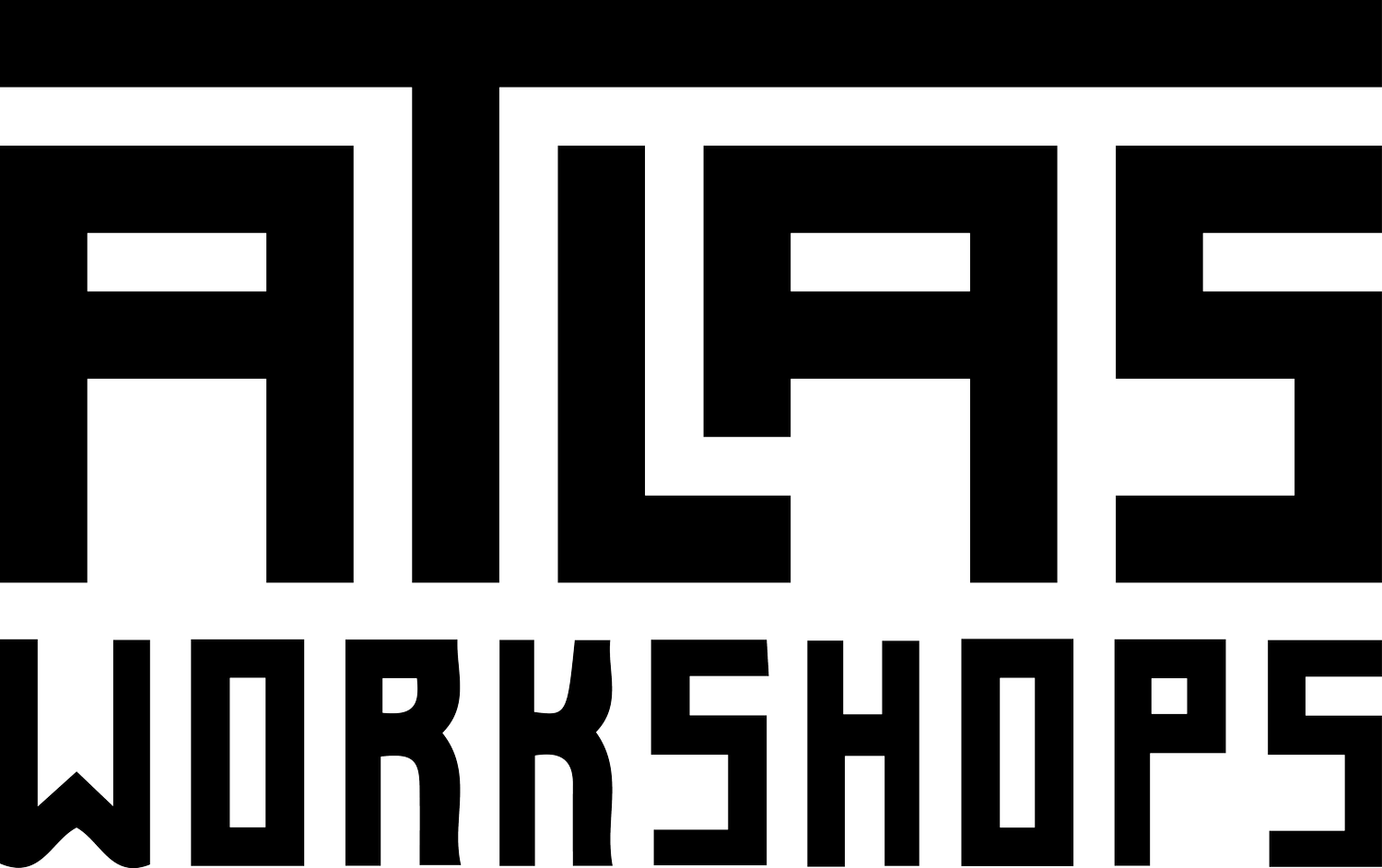Mapping East Africa’s Informal Innovators: Exploring the Matatus
Nairobi, the capital of Kenya and East Africa’s largest city, is fast becoming a global leader in innovation and technology. However even as Nairobi’s innovators and designers gain national prominence, the city remains stuck—in traffic. The sprawling city is connected by sunny, open streets and green spaces, but Nairobi residents might spend five or more hours on their daily commute. As Nairobi seeks to grow, the government is looking for solutions to this transportation nightmare. For the past two weeks, I have been in Nairobi with a team of researchers from the University of Nairobi, MIT and Columbia University working to improve one aspect of Nairobi’s transportation system. We are creating the first ever online map of Nairobi’s ubiquitous “public” transportation system, the matatus.
Do It Yourself Public Transport
Matatus, usually 14-seater minibus taxis, are the main form of public transit in the city. Seventy percent of all road trips in Nairobi happen via Matatu. This means that over 1.5 million people rely on these buses to wade through Nairobi’s heavy traffic every day.
Unlike the public transportation systems that are familiar to us in the US, each matatu is privately owned: sometimes big companies own a fleet of matatus, often small businessmen own two or three matatus, and every now and then, one will be owned by the driver of the Matatu himself. Each matatu is operated by a driver, whose job is to navigate the route and find the best shortcuts through the city, and a conductor who collects the fares, which range from 10-50 Kenyan Shillings (usually less than $0.50 for any one trip).
Since the system developed over 30 years ago, there has never before been any real public map of the Matatus. Passengers who needed to find which route to take would ask anyone they could: “Which Matatu goes to Ayani, Kibera?” On top of this, the system doesn’t stay still. I’ve been travelling to Kenya for three years now, and every time I return I find there are new routes: an entrepreneurial matatu driver discovered the demand to link two new neighborhoods together and so a new route and number was born.
This flexible, demand-driven system is just one type of informal innovation, a theme we will be investigating this summer on our workshop in Kenya and Uganda. I cannot wait to introduce students to this way of thinking. We certainly won’t be taking any matatus with our students (although it is a fantastic experience, so maybe when they return on their own, a bit older…), but we will have a chance to see how the system works and how new ideas, from a new route to free wifi, keep transportation in Kenya’s cities alive.
Taking the Subway Map to the Savannah
I have just returned from Nairobi where myDigitalMatatus team was working to create and publish the first public Matatu map. We have just released the completed map, and you can download a copy of it here to see the maze and complexity of bus routes around the city.
Students from the University of Nairobi have spent the past year riding every matatu in the city with smart phones and GPS units to collect data for this map. We stored this map in GTFS, which is the same format Boston, New York, London and cities all over the world use to share their transit data with websites such as Google Maps. For the first time in history, Nairobi has good quality transit data too.
Step One: Create A Road Map of Informal Innovators
On Tuesday we held our public launch of the Matatu Map. Students, politicians, planners and six TV news crews filled all of the empty spaces in a small conference room in a downtown hotel. After we introduced our project, we held an open discussion to understand what the map could do for the city. Representatives from local and national government proposed using the map to better plan new routes, and find holes in the system. One of the commuters in the audience found a new shortcut to his house. A Nairobi-based software developers talked about the new app he just released using our data.
By the next morning we were in every major Kenyan newspaper, and our map had been reprinted in two of them. Clicks to our website, where you can download your own full size map went from zero to a thousand overnight.
When we started this project we set out to make transport in Kenya safer, cleaner, more reliable, and more efficient. From day one we knew that transport in Kenya couldn’t be solved by crushing the existing system, but instead would require an understanding of Nairobi’s context, and close collaboration with the matatus. Creating a map made the scattered matatu system more legible and therefore more legitimate.
Informal innovators, like Nairobi’s matatu operators, are easy to overlook or misunderstand. With a different set of eyes and respect for both community-based knowledge and context, there is a lot to learn and share. Plan a custom trip to East Africa to discover this exciting style of innovation too.
– Adam


